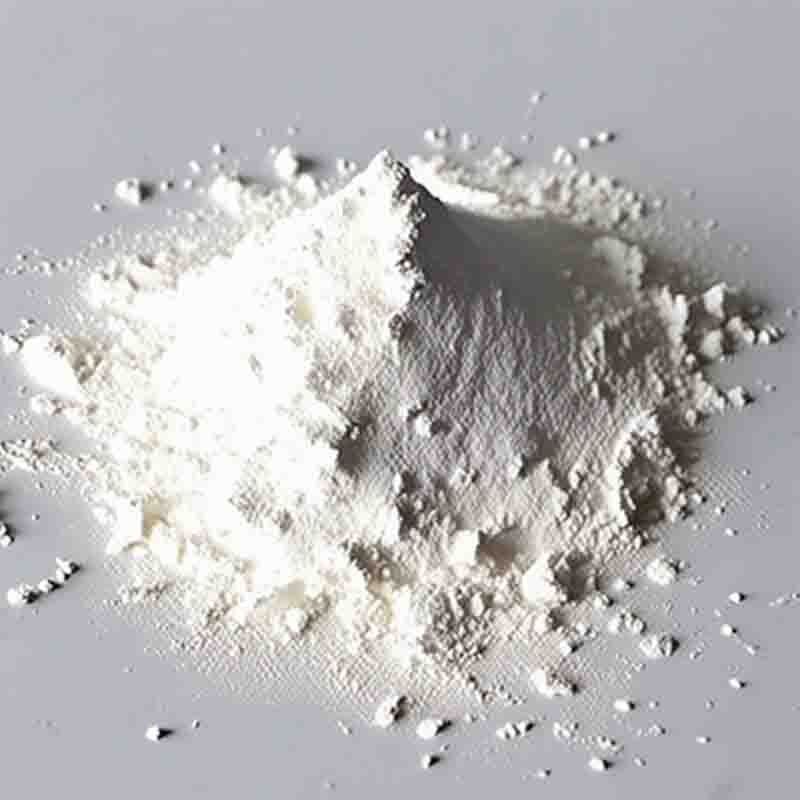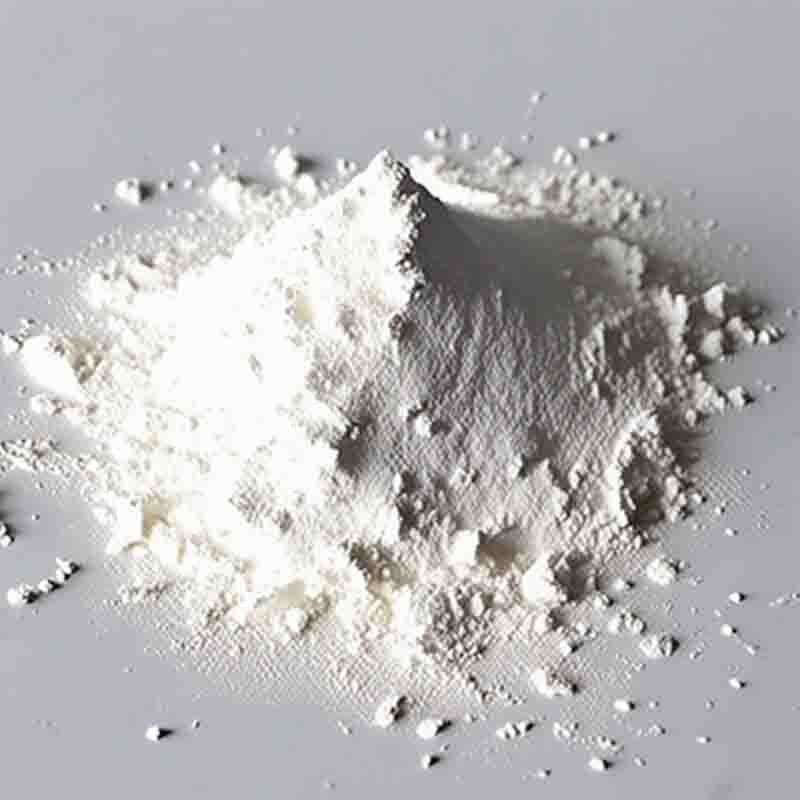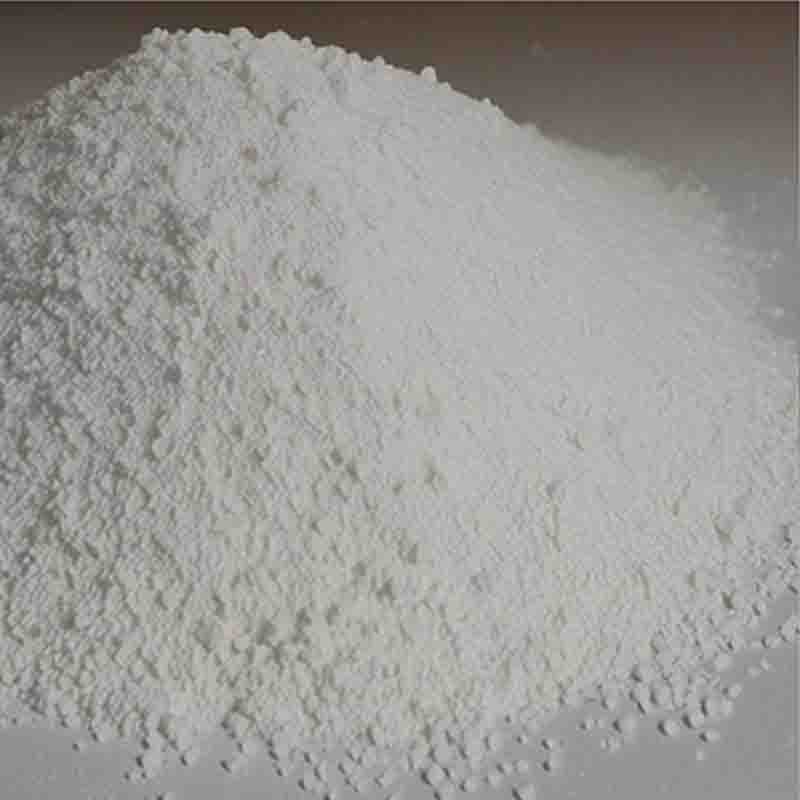Palladium(II)nitrate CAS:10102-05-3
| Catalog Number | XD95573 |
| Product Name | Palladium(II)nitrate |
| CAS | 10102-05-3 |
| Molecular Formula | HNO3Pd |
| Molecular Weight | 169.43 |
| Storage Details | Ambient |
Product Specification
| Appearance | White powder |
| Assay | 99% min |
Palladium(II) nitrate, with the chemical formula Pd(NO3)2, is an inorganic compound that possesses various effects and applications. Let's delve into some of its notable characteristics:One significant effect of palladium(II) nitrate is its role as a catalyst in numerous chemical reactions. Palladium-based catalysts are widely used in organic synthesis, pharmaceutical manufacturing, and cross-coupling reactions. This compound exhibits excellent catalytic activity, especially in palladium-catalyzed coupling reactions such as the Suzuki, Heck, and Sonogashira reactions. Its ability to activate carbon-hydrogen bonds and facilitate coupling reactions has propelled it to become one of the most widely used catalysts in organic chemistry.Another noteworthy effect of palladium(II) nitrate is its application in the field of catalytic converters. In automotive exhaust systems, palladium is used as a catalyst to convert harmful gases such as carbon monoxide, nitrogen oxides, and unburned hydrocarbons into less toxic substances like carbon dioxide, nitrogen, and water vapor. Palladium(II) nitrate, as a precursor, plays a vital role in the production of these catalytic converters, thereby reducing air pollution from vehicle emissions.Palladium(II) nitrate is also utilized in electroplating processes. Electroplating is a method used to coat objects with a thin layer of metal to enhance their appearance, prevent corrosion, or modify their properties. Palladium(II) nitrate acts as a source of palladium ions in the electroplating solution, facilitating the deposition of a palladium metal layer onto the substrate. This process finds applications in the manufacturing of jewelry, decorative items, electronic components, and electrochemical sensors.Furthermore, palladium(II) nitrate is employed in the production of high-purity palladium metal. Through a series of reduction and precipitation reactions, palladium(II) nitrate can be converted into metallic palladium powder or ingots with controlled purity and particle size. This high-purity palladium is utilized in industries such as electronics, catalyst manufacturing, and hydrogen purification membranes.Lastly, palladium(II) nitrate has been investigated for its potential in medicinal applications. Palladium complexes, derived from palladium(II) nitrate, have shown promising biological activities, including antimicrobial, antiviral, and anticancer properties. These complexes have the ability to interact with biomolecules and inhibit their biological processes, making them targets for drug discovery and development.In conclusion, palladium(II) nitrate exhibits various effects and applications. Its role as a catalyst in organic synthesis, its use in catalytic converters, and its application in electroplating processes highlight its significance in industrial and environmental contexts. Additionally, its contribution to the production of high-purity palladium and its potential in medicinal applications add to its versatility and importance. Continued research and exploration of palladium(II) nitrate's effects may lead to advancements in various fields, contributing to technological innovations and medical therapies.









